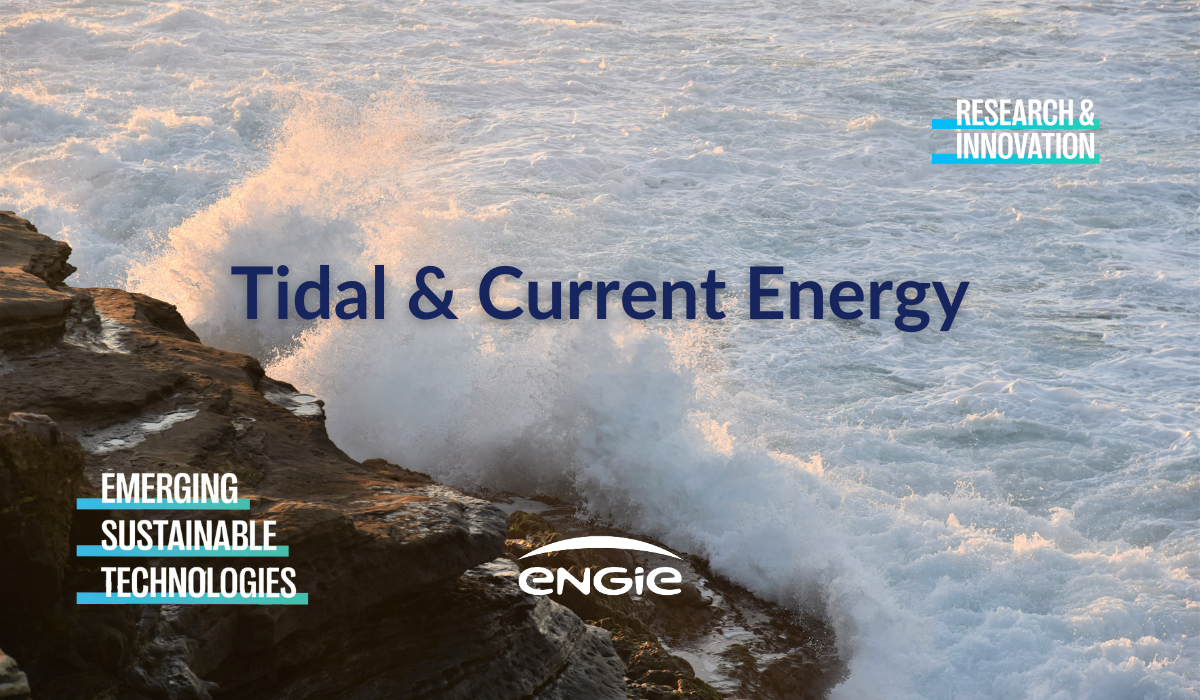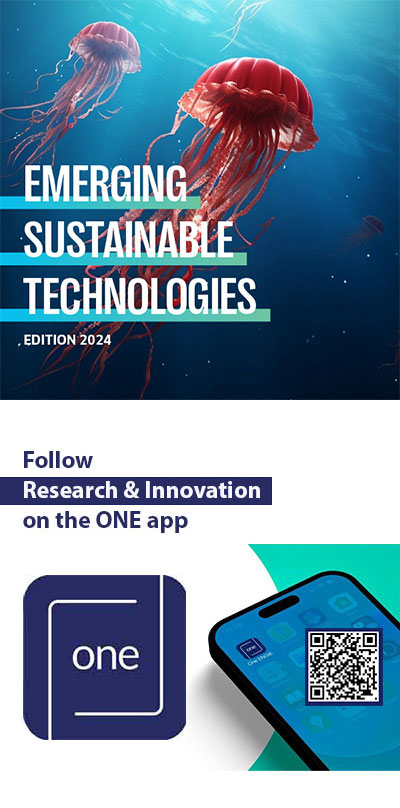Future development of innovative tidal energy devices
The development of innovative tidal energy devices will contribute to bigger devices to target strong current locations while new designs will target lower current speed and rivers.
New designs are aimed at lowering LCOE (levelized cost of energy), at easier and cheaper maintenance, decreasing environmental impact. They also aim for reduced impact or interference with marine life & vegetation.
Main pros and cons
Tidal energy velocities are predictable and reliable on a 19-year cycle (long term), allowing easy integration into existing power grids and reducing the need for backup energy sources. Although tidal power is predictable, it doesn’t have constant power production, because tidal production follows the tides that can occur during different hours of the day outside of peak. Therefore it must be combined with a battery storage system).
Tidal energy releases high power output compared to wind power with high efficiency and long lifetime, but at high initial construction costs, as well as high operation and maintenance costs.
Tidal and current energy is less susceptible to climate change and can produce energy both day and night, but there are limited site availabilities – at the moment there are no/rare calls for tenders for tidal energy.
Environmental and social analysis highlights
Very few large-scale prototypes have been tested, and even more rarely at pilot farms. Therefore, existing knowledge on tidal, wave or floating wind technologies is scarce.
Life cycle assessment studies support the potential of tidal energy plants as alternative green energies. Studies have shown environmental impacts would be similar to those of large wind turbine installations. Main environmental impacts from ocean energy devices from a life-cycle perspective are due to materials used, while installation, maintenance and operation do not show significant impacts.
As tidal technologies are underwater and invisible, it is likely that they raise less concerns regarding the landscape, leading to less legal action than offshore wind energy.
However, tidal technologies can meet other forms of resistance from stakeholders involved at the local level. A major controversy concerns the impact of tidal technologies on fishery resources. As the impact of tidal techs on aquatic life and migration of fish is still uncertain especially for large-scale projects, representatives of fishing activities might be very sensitive to the installation of such projects in their fishing zone.
Competition for sea space is increasing as new activities emerge. Spatial planning at the national and local level is a key issue, as well as is targeted cooperation between renewable technologies.
Most demonstration projects are located in the UK, Portugal, France, the Netherlands and Canada
Tidal Energy is a predominantly European industry as ~65% of developers are located in Europe; USA, Europe, China & Korea are the main regions & countries investing in and exploring tidal energy projects.
Read more and discover more innovative sustainable technologies, their advantages and their challenges in ENGIE’s 2024 report on Sustainable Emerging Technologies:
Contributions and Acknowledgments:
- Fiona Buckley
- Camille Riviere
- Julie Clavreul
- Elodie du Fornel
- Elodie Le Cadre Loret
- Jan Mertens
- Jean-Pierre Keustermans
- Céline Denis
- Olivier Sala



